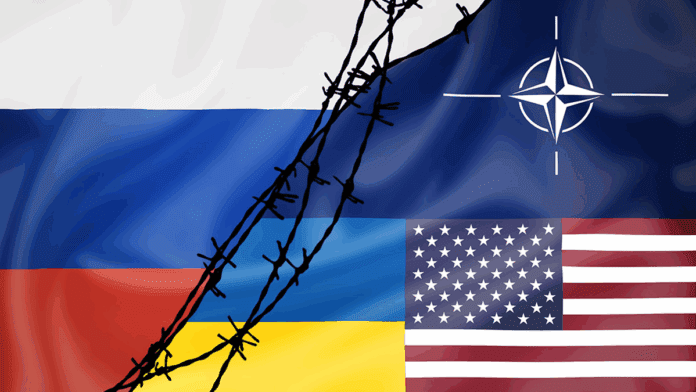In an announcement from Washington, U.S. President Donald Trump revealed that America will send top-tier weapons to Ukraine. The military aid will be delivered through NATO countries and includes items like advanced missiles and ammunition. Although specific details of the equipment were not disclosed, the President confirmed that the support will be worth billions of dollars and will reach Ukraine quickly.
This marks the first time since returning to office that President Trump has promised new military equipment to Ukraine. He said the goal is to help Ukraine defend itself and push back against Russia’s ongoing attacks.
European countries will also take part by sending Ukraine their own Patriot air defense systems, which are essential for intercepting Russian airstrikes. Once these are sent, the U.S. will provide replacement systems to the European nations.
The move came after a joint press briefing between President Trump and NATO Secretary-General Mark Rutte. Both leaders confirmed the plan to massively increase military support to Ukraine. Rutte said that Europe would foot the bill, calling the weapons transfer a collaborative effort among allies.
Trump’s Tough Message to Russia
Alongside the weapons deal, President Trump issued a sharp warning to Russian President Vladimir Putin. He said that if Russia does not agree to a peace deal with Ukraine within 50 days, the U.S. will impose 100% secondary tariffs. These tariffs would not only impact Russia but also countries that continue to trade with it.
For example, if India continues purchasing oil from Russia, then Indian products could face a 100% import tax when entering the U.S. market. This could drive up prices and discourage American companies from buying goods from those countries, resulting in major trade losses.
Trump explained that the goal of the tariffs is to cut off Russia’s income from oil and gas exports. These account for over 60% of Russia’s total exports and a large share of its state revenue. By hitting this financial lifeline, the U.S. hopes to reduce Russia’s ability to continue funding its war.
Interestingly, the Moscow Stock Exchange Index rose sharply after the announcement. Some pro-Kremlin voices dismissed Trump’s threats. Sergei Markov, a former aide to President Putin, called the tariff announcement “a bluff” and claimed it showed Trump had abandoned the idea of peace. Russian Senator Konstantin Kosachev also downplayed the move, saying it was “much ado about nothing.”
Strong Words and Mixed Signals
During the press briefing, Trump took a noticeably tougher tone on Vladimir Putin. He expressed frustration that while he has held “very nice phone calls” with the Russian president, those conversations are often followed by more deadly strikes on Ukraine. He said, “At a certain point, talk doesn’t talk—it’s got to be action.”
Trump stopped short of calling Putin an assassin but described him as a “tough guy” who had fooled many past U.S. presidents, including Clinton, Bush, Obama, and Biden—but not him.
Following the meeting in Washington, Ukrainian President Volodymyr Zelensky posted on social media that he had spoken with Trump and thanked him for his support. Zelensky said they discussed ways to strengthen Ukraine’s defenses and work toward a just and lasting peace.
Reactions in Kyiv and Washington
Meanwhile, U.S. envoy Keith Kellogg met with Zelensky in Kyiv for what the Ukrainian leader called a “productive meeting.” The visit was part of continued coordination between both nations.
In the U.S., the decision also drew praise from some of Trump’s critics. Democratic Senator Jeanne Shaheen, a senior member of the Senate Foreign Relations Committee, said the Patriot missile plan “will save countless Ukrainian lives” and called it “positive, but overdue.”
On the ground in Ukraine, many citizens reacted with cautious optimism. Denys Podilchuk, a 39-year-old dentist from Kyiv, said he was glad European leaders helped shift Trump’s stance. “From the very beginning, it was clear he didn’t really want to help us,” he said, but welcomed the new announcement.
Despite the strong promises, no exact timeline or list of military items was revealed. Still, the message from Trump and NATO was clear: Ukraine will receive more powerful tools to defend itself, and pressure on Russia is rising.
